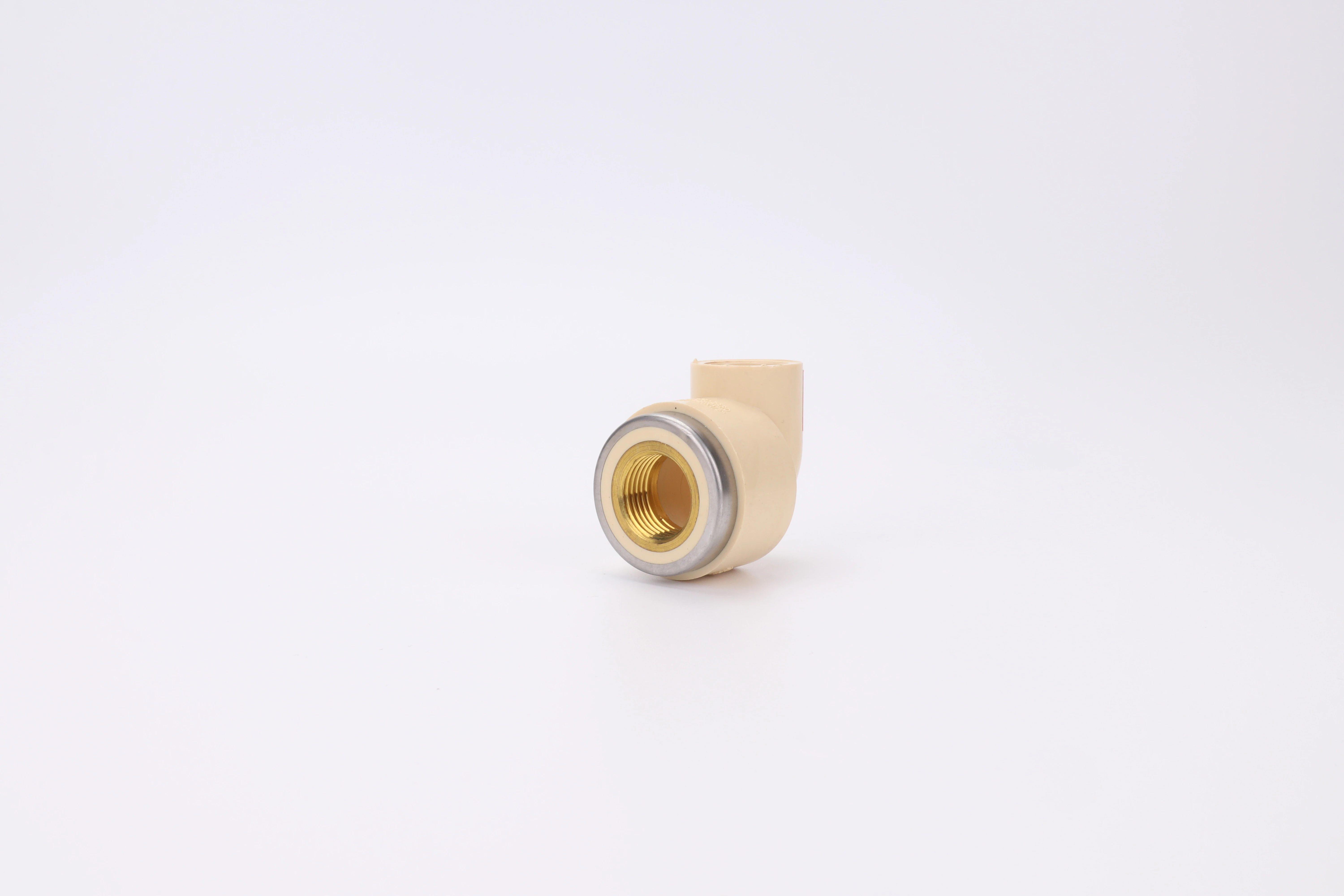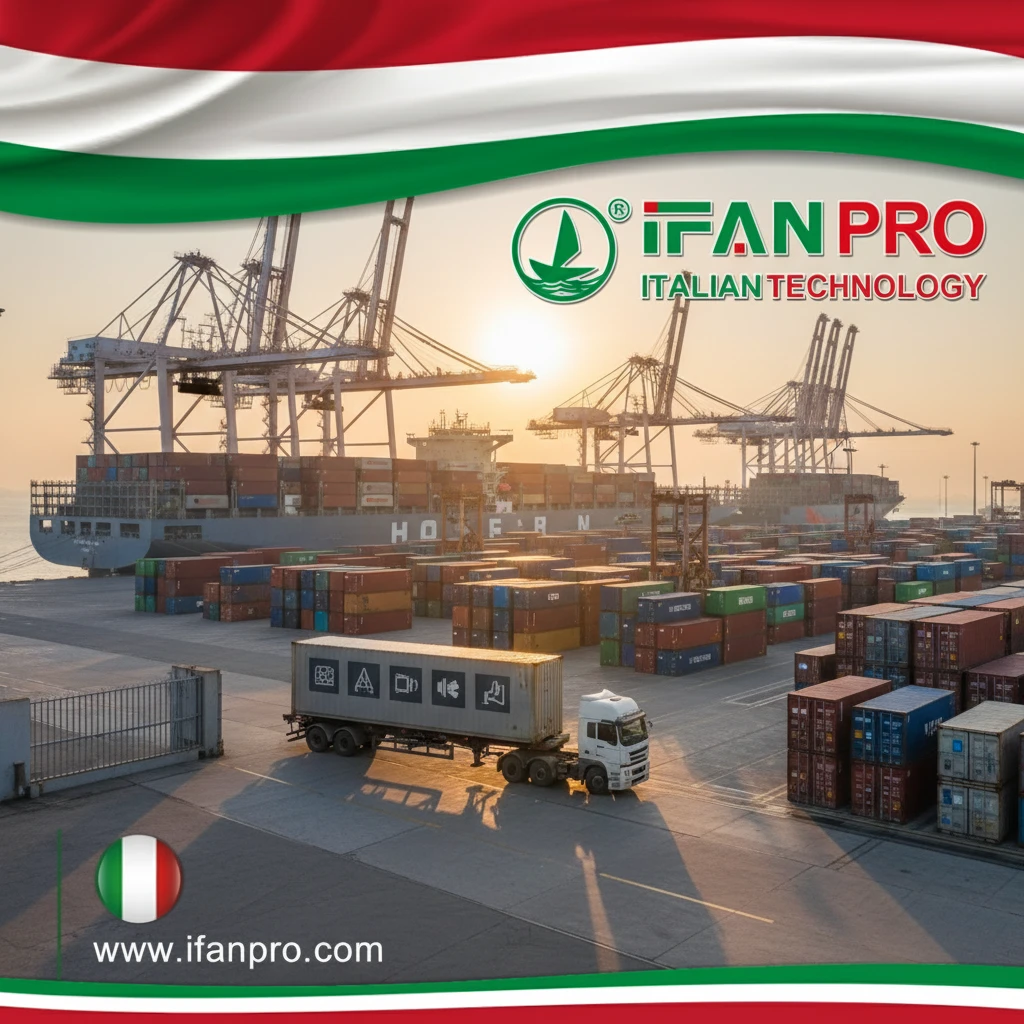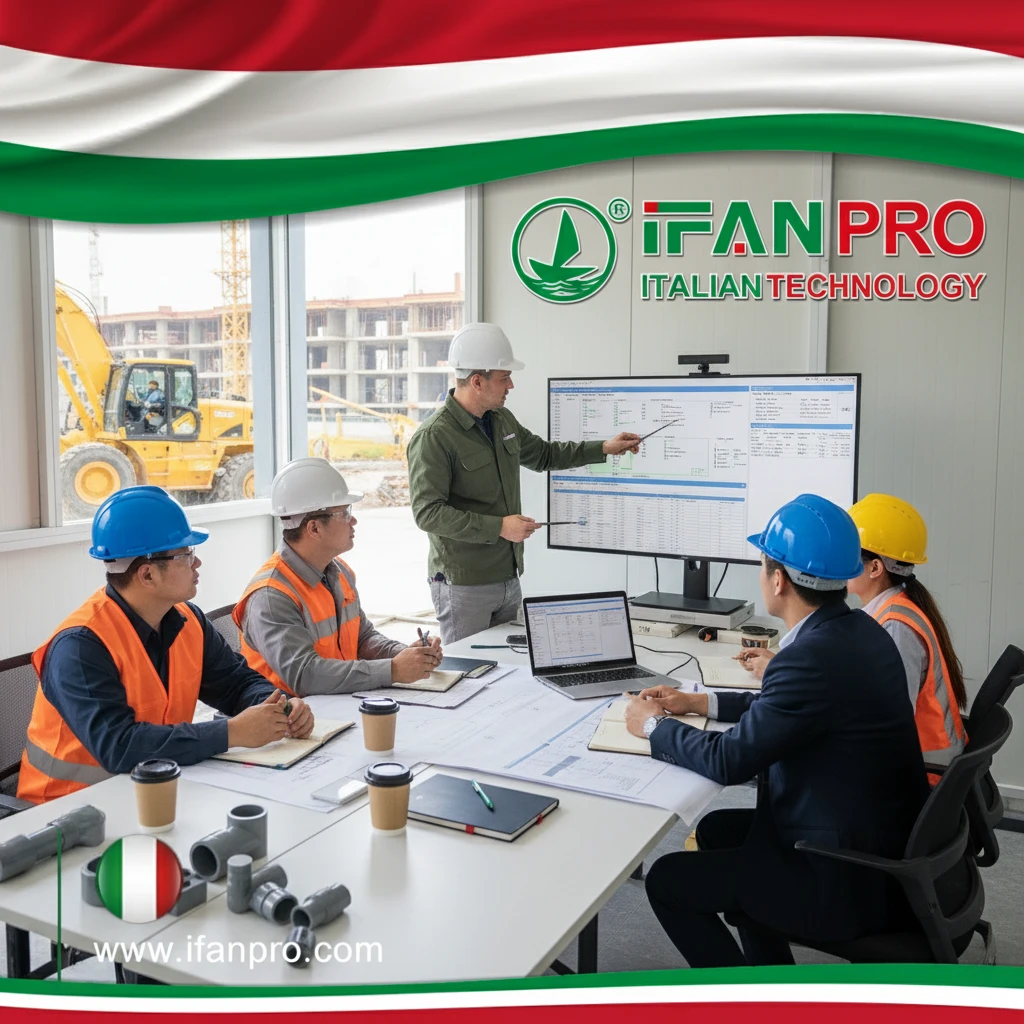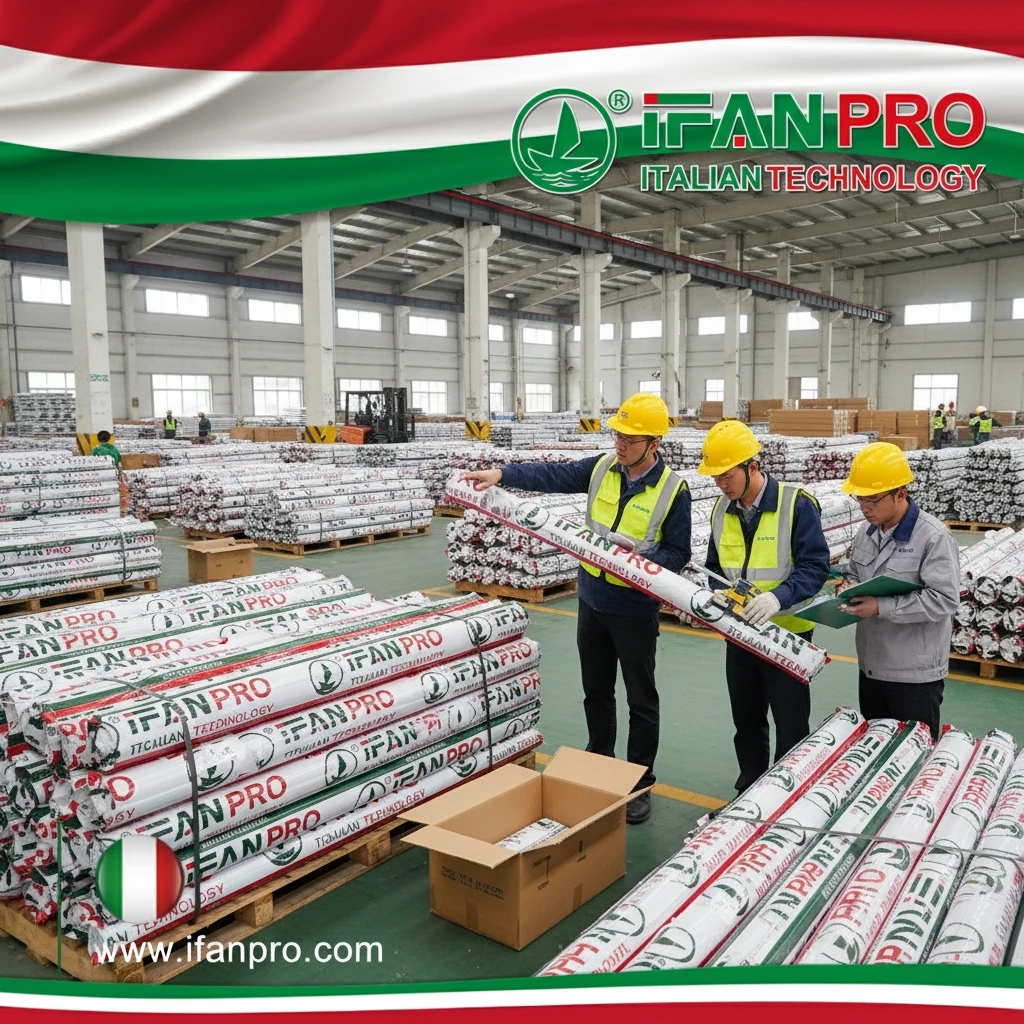During a coastal infrastructure project, I observed how PVC components remained intact after 15 years of saltwater exposure while metal alternatives corroded significantly. This real-world evidence lies at the heart of the question—how does PVC maintain long-term durability? The answer stems from its chlorine-based molecular structure, specialized additives, and adherence to rigorous international standards. For material science context, reference ASTM D1784, which classifies PVC compounds for durability.
PVC maintains long-term durability through its unique chlorine-based molecular structure, specialized additives that resist environmental degradation, and manufacturing processes that ensure material consistency. These elements combine to create a material that withstands chemical corrosion, UV exposure, and physical stress for decades in various applications.
Understanding the science behind PVC’s durability helps professionals make informed material selection decisions. Moreover, recognizing how international standards verify long-term performance ensures reliable project outcomes. Now, let’s explore the specific mechanisms that enable PVC’s remarkable longevity.
What Chemical Structure Gives PVC Its Resistance to Degradation Over Time?
While analyzing failed polymer samples in our laboratory, we discovered that PVC’s chlorine content created a fundamental advantage over other plastics. This finding explained why PVC pipes excavated after 50 years of service often showed minimal degradation compared to alternative materials.
PVC’s durability originates from its carbon-chlorine molecular bonds, which require more energy to break than carbon-carbon or carbon-hydrogen bonds found in other plastics. The chlorine atoms create a protective shield around the polymer backbone, providing inherent resistance to chemical attack, oxidation, and biological degradation throughout the material’s lifespan.

Molecular Foundation of Durability
PVC’s chemical structure provides multiple protective mechanisms. The carbon-chlorine bonds within the polymer chain are significantly stronger than bonds in polyolefins like PE or PP, requiring approximately 25% more energy to break. This inherent bond strength forms the first line of defense against degradation forces. Additionally, the chlorine atoms create steric hindrance that physically shields the polymer backbone from attacking species, while their electronegativity creates a polar molecule that resists many solvents and chemicals.
Furthermore, PVC’s amorphous structure contributes to its durability. Unlike crystalline polymers that can suffer from stress cracking along crystal boundaries, PVC’s random molecular arrangement distributes stress more evenly. This structural characteristic enables PVC to withstand cyclic loading and environmental stress without developing micro-cracks that typically initiate failure in other materials.
Stabilization Mechanisms
PVC incorporates multiple stabilization systems to enhance its natural durability. Heat stabilizers based on tin, lead, or calcium-zinc compounds prevent dehydrochlorination during processing and service life. These additives neutralize hydrochloric acid that could otherwise initiate autocatalytic degradation. Likewise, impact modifiers like CPE or MBS create a rubber-phase dispersion that absorbs and distributes mechanical energy, preventing crack propagation under physical stress.
The material’s performance is further enhanced through lubrication systems that reduce internal friction during processing, minimizing shear-induced degradation. Additionally, the incorporation of antioxidants prevents chain scission from oxidative damage, particularly at elevated temperatures where oxygen can more readily attack the polymer structure.
How Does PVC Withstand Environmental Stress Cracking and Chemical Corrosion?
In a chemical processing plant, we documented how PVC pipes maintained integrity while handling aggressive acids that rapidly degraded alternative materials. This observation led to a comprehensive study of PVC’s chemical resistance mechanisms and their practical implications for industrial applications.
PVC resists environmental stress cracking because its amorphous structure lacks crystalline regions where cracks typically initiate. Regarding chemical corrosion, the carbon-chlorine bonds create a chemically stable polymer that doesn’t react with acids, bases, salts, or oxidizing agents that degrade other materials, maintaining performance in diverse chemical environments.
Environmental Stress Cracking Resistance
PVC’s resistance to environmental stress cracking (ESCR) stems from several material characteristics. Its high glass transition temperature (Tg) of approximately 80°C ensures dimensional stability under most service conditions, preventing the molecular mobility that contributes to crack initiation in lower-Tg polymers. Moreover, appropriate plasticizer selection ensures flexibility without creating weak boundaries where cracks could propagate, while optimized molecular weight distribution provides the right balance of strength and stress relaxation.
The material’s performance advantages become clear when comparing ESCR resistance across polymer types:
| Polymer Type | ESCR Resistance | Key Limitations | Typical Failure Points |
|---|---|---|---|
| PVC | Excellent | Limited by plasticizer choice | Improperly formulated compounds |
| HDPE | Good | Vulnerable to surfactants | Crystal boundaries |
| PP | Moderate | Brittle at low temperatures | Spherulite interfaces |
| ABS | Fair | Attacked by many chemicals | Rubber particle interfaces |
Chemical Corrosion Mechanisms
PVC’s chlorine content provides inherent protection against chemical attack. The electronegative chlorine atoms create a electron-deficient polymer backbone that resists oxidation, making PVC suitable for handling bleach solutions and other oxidizing agents that would degrade polyolefins. Additionally, the lack of hydrolyzable bonds in the polymer chain prevents degradation in water and steam applications, even at elevated temperatures where esters and amides would undergo hydrolysis.
PVC demonstrates particular strength in acidic and alkaline environments. It maintains integrity in pH ranges from 2 to 12, outperforming metals that corrode in acidic conditions and concrete that degrades in alkaline environments. This broad pH tolerance makes PVC ideal for chemical processing, wastewater systems, and industrial drainage applications where pH fluctuates significantly.
What Role Do UV Stabilizers Play in Maintaining PVC’s Outdoor Durability?
We conducted accelerated weathering tests on PVC samples with different stabilization systems, revealing dramatic differences in color retention and mechanical property maintenance. These findings directly influenced formulation improvements for outdoor applications across our product lines.
UV stabilizers in PVC absorb or screen ultraviolet radiation before it can damage polymer chains, while antioxidants neutralize free radicals formed during photo-oxidation. Titanium dioxide pigment provides additional protection by reflecting UV radiation, maintaining PVC’s mechanical properties and color stability during decades of outdoor exposure.
UV Degradation Mechanisms
Understanding how UV radiation affects PVC clarifies stabilizer requirements. Solar ultraviolet radiation between 290-400 nm possesses sufficient energy to break chemical bonds in polymers, with the most significant damage occurring at wavelengths around 310 nm where PVC shows maximum absorption. This radiation initiates photo-oxidative degradation that begins at the material surface and progressively penetrates deeper, causing embrittlement, color changes, and surface crazing.
The degradation process follows specific patterns. Initially, UV absorption causes chlorine radical formation, initiating autocatalytic dehydrochlorination that creates polyene sequences responsible for yellowing. Simultaneously, chain scission reduces molecular weight, diminishing mechanical properties, while cross-linking increases surface brittleness and reduces impact resistance.
Stabilization Systems
Modern PVC formulations employ multiple stabilization approaches for outdoor applications. UV absorbers like benzophenones and benzotriazoles preferentially absorb harmful radiation and dissipate it as heat, protecting the polymer matrix. Likewise, hindered amine light stabilizers (HALS) interrupt the degradation cycle by scavenging free radicals and decomposing hydroperoxides, providing long-term protection even in thin sections.
Pigment systems contribute significantly to UV protection, with titanium dioxide (TiO₂) being particularly effective. Rutile TiO₂ reflects and scatters UV radiation while providing opacity that limits radiation penetration, with surface treatments enhancing dispersion and performance. Additionally, carbon black at appropriate loadings provides excellent UV screening but limits color options.
Performance Validation
Accelerated weathering tests demonstrate stabilizer effectiveness. Weatherometer testing shows properly stabilized PVC maintains over 80% of initial impact strength after the equivalent of 10 years outdoor exposure in Arizona conditions. Furthermore, color change measurements (ΔE) typically remain below 5 units after 5,000 hours of UV exposure in standardized testing, indicating minimal visual degradation.
How Do International Standards Test and Verify PVC’s Long-Term Performance?
When our products failed to meet specific international standards for a European project, we implemented a comprehensive testing program that revealed critical gaps in our quality assurance process. This experience underscored the importance of standardized verification methods.
International standards like ISO 11647, ASTM D2837, and EN ISO 1452 validate PVC’s long-term performance through hydrostatic pressure testing, accelerated aging protocols, and mechanical property retention measurements. These standardized methods predict 50-year performance based on regression analysis of test data collected under controlled, accelerated conditions.
Hydrostatic Strength Testing
Pressure pipe standards employ rigorous testing methodologies. The sustained pressure test per ISO 11647 subjects pipes to constant internal pressure at multiple temperatures, with failure times recorded to establish stress regression curves. Similarly, the stress regression analysis extrapolates short-term data at elevated temperatures to predict long-term strength at service temperatures, enabling calculation of 50-year hydrostatic design basis (HDB).
Additionally, failure analysis methodology standardizes interpretation of failure modes, distinguishing between material failures and experimental artifacts to ensure accurate predictions. These methods collectively establish pressure ratings that ensure 50-year service life with appropriate safety margins.
Accelerated Aging Protocols
Weathering and thermal aging standards simulate long-term environmental exposure. Xenon arc weathering per ISO 4892-2 creates accelerated sunlight exposure with controlled temperature and humidity cycles, while fluorescent UV condensation testing per ISO 4892-3 provides alternative acceleration for materials sensitive to particular wavelengths.
Oven aging per IEC 60216 determines thermal endurance profiles by monitoring property retention at multiple temperatures, enabling prediction of long-term thermal aging performance. These standardized methods provide comparable data across materials and manufacturers, facilitating informed material selection decisions.
Quality Assurance Standards
Manufacturing consistency standards ensure long-term performance. The ISO 9001 quality management systems require documented process controls and traceability, while compound qualification per relevant product standards (e.g., EN ISO 1452) mandates testing of raw materials and finished products.
Additionally, certification schemes like NSF/ANSI 61 for potable water and UL listings for electrical applications provide third-party verification of compliance with health, safety, and performance requirements. These programs include regular audits and retesting to maintain certification status.
Practical Implementation Framework
Implementing a standards-based verification system involves multiple steps. First, establish a testing protocol that references appropriate international standards for each application, ensuring all critical performance aspects receive proper validation. Next, create a documentation system that maintains test reports, certifications, and material traceability throughout the product lifecycle.
Additionally, implement a periodic retesting schedule to monitor consistency and identify potential drift in material properties, while establishing supplier qualification procedures that verify their compliance with relevant standards and testing protocols. This systematic approach ensures delivered materials meet the performance expectations established during the design phase.
Conclusión
PVC maintains long-term durability through its robust chemical structure, tailored stabilization systems, and manufacturing controls that ensure consistency. By understanding the mechanisms behind PVC’s durability and verifying performance through international standards, professionals can confidently specify PVC for applications requiring decades of reliable service, from plumbing and electrical systems to outdoor building components and industrial applications.













Comentarios recientes